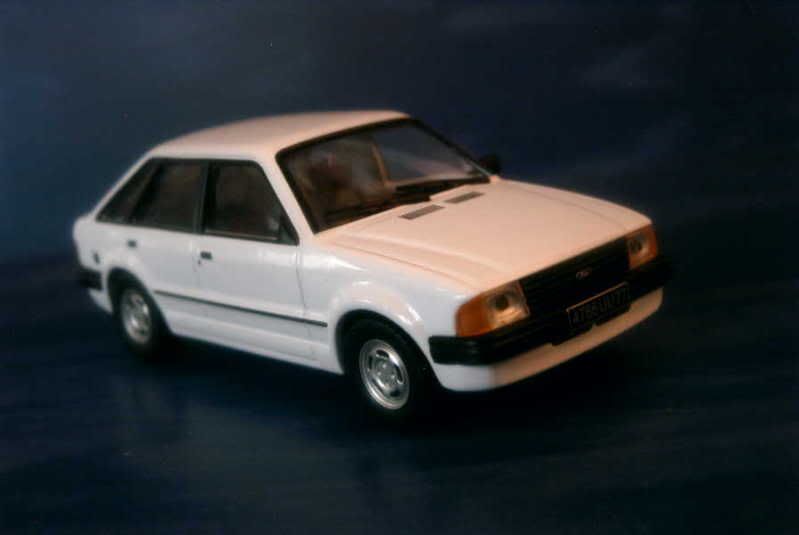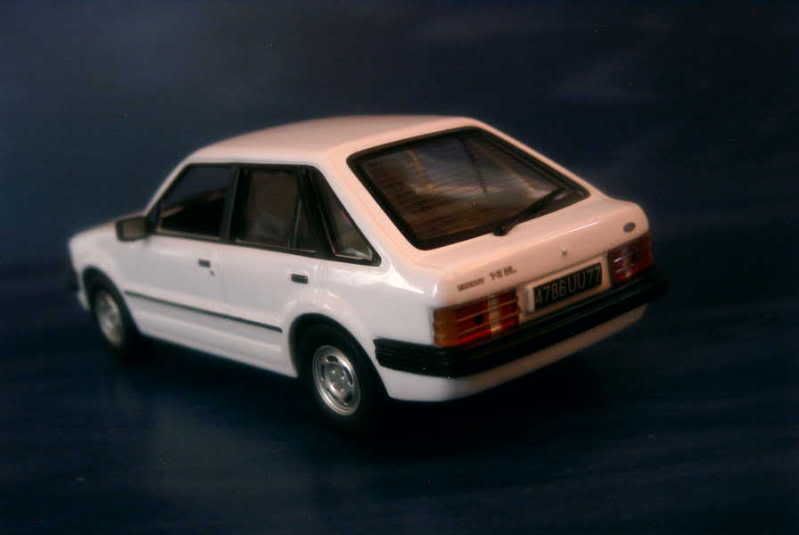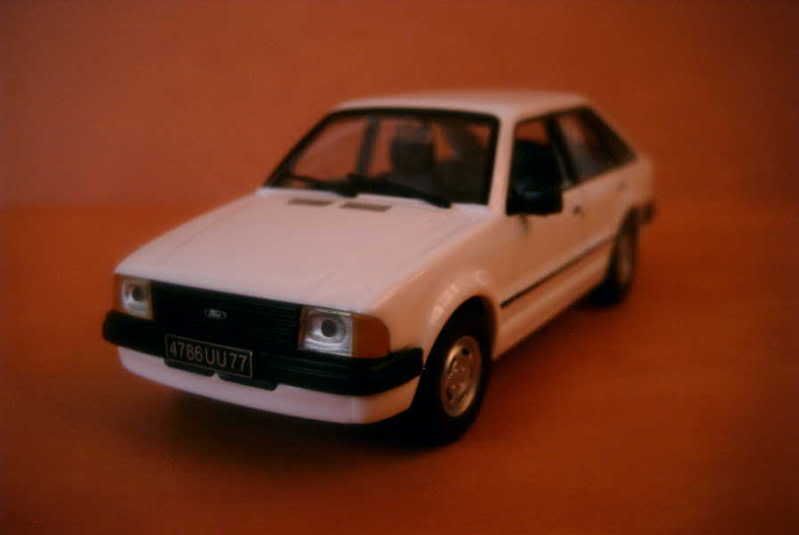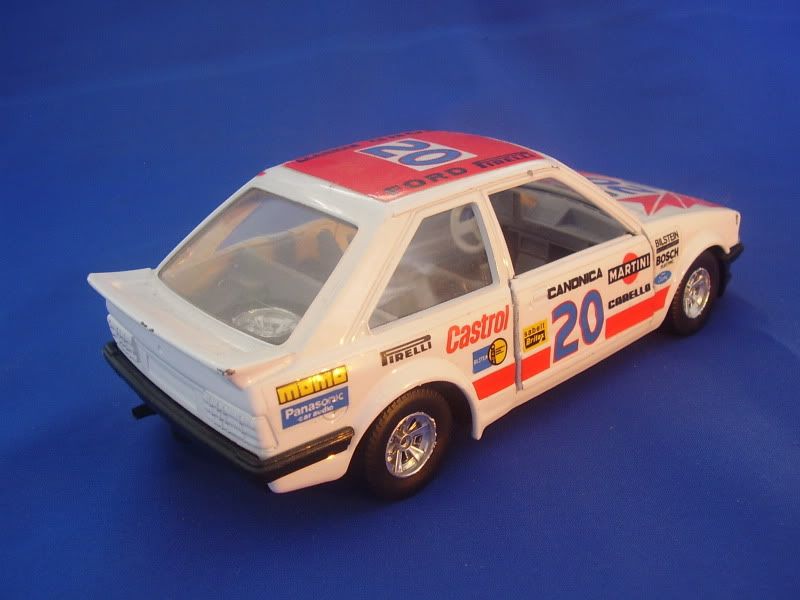A little history
No French manufacturer has been able to offer a car in the same field as Mercedes-Benz or BMW for decades, though all of them dream of it. Apart from the Citroën CX, all other upper range models over the years, the Renault 25 then Safrane, the Citroën XM and C6 or the Peugeot 605 have seen their success limited to the sole France, while being virtually absent on export market. I won’t include in this list the Renault Vel Satis, which was a failure even in its own native country.
Helped by its reputation as a builder of tough and very conventional automobiles, Peugeot has possibly been the most perseverant. After the demise of the 604, it took four years to see the introduction of its successor, the 605. Despite its many qualities, it was doomed by uninspired styling, due to Pininfarina but too close from the lesser 405, and poor quality – a typical French problem that was totally unacceptable for a car having such ambitions.
The 605 finally retired after a ten-year career at the end of 1999, and was immediately replaced by the 607. The new car retained the excellent platform of its predecessor, but hidden under a brand new body. A particular effort had been made to improve the quality of the car. The top-level V6 version, with a displacement of 3.0-litre and 207 hp, could reach 240 kph – enough for cruising on an Autobahn, it was thought in Sochaux. But once again, this didn’t prove enough. Peugeot’s main problem was the lack of image attached to its name, while reputation is a major criterion for a buyer of a luxury car. Sales remained modest, in particular outside France’s borders, though on the other hand the 607 was rather popular as a taxi, a traditional market for its manufacturer.
Production of the Peugeot 607 has been stopped in June 2010. Though a replacement has been contemplated, the dire economic crisis drove Peugeot to be cautious and give up any plan for such a low-volume vehicle. In the end, the 508 served as a successor to both the 407 and the 607, placing Peugeot in a situation somewhat similar to the one it experienced during the Eighties, when a V6-powered version of the 505 was given the task of replacing the 604. This leaves the hope that within a few years, if the situation allows it, Peugeot will return once again to this market.
About the model
Model: Peugeot 607
Year: 2000
Maker: Norev
Scale: 1/43
Distributed by: Hachette as no.49 of its Collection Peugeot press series
Acquired: brand new, in January 2008, in Souillac, France
An accurate but rather plain rendition of the Peugeot 607. I have a strange feeling about the rear side windows. As usual with Norev models built for press series, this one does not have a "glass" part inside of its mirrors. On these pictures, I also find that the wheels seem of a rather large diameter, but I should have a second look at the actual model. My rating is 12/20.
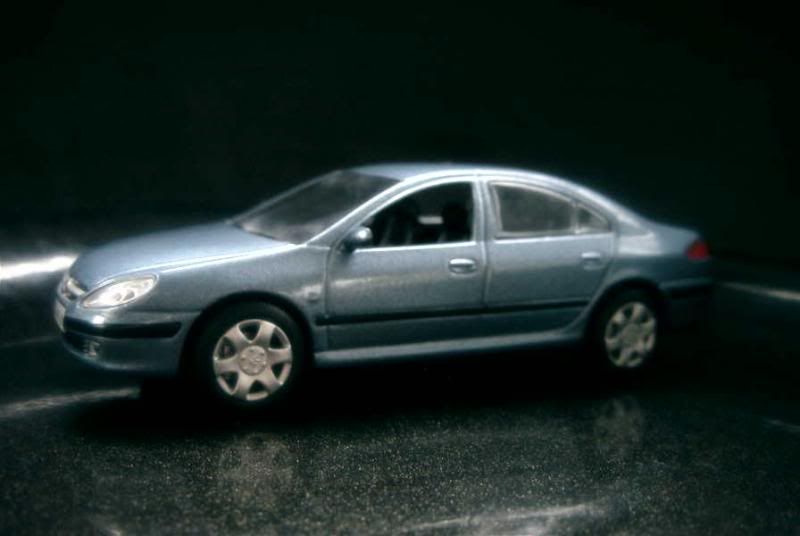
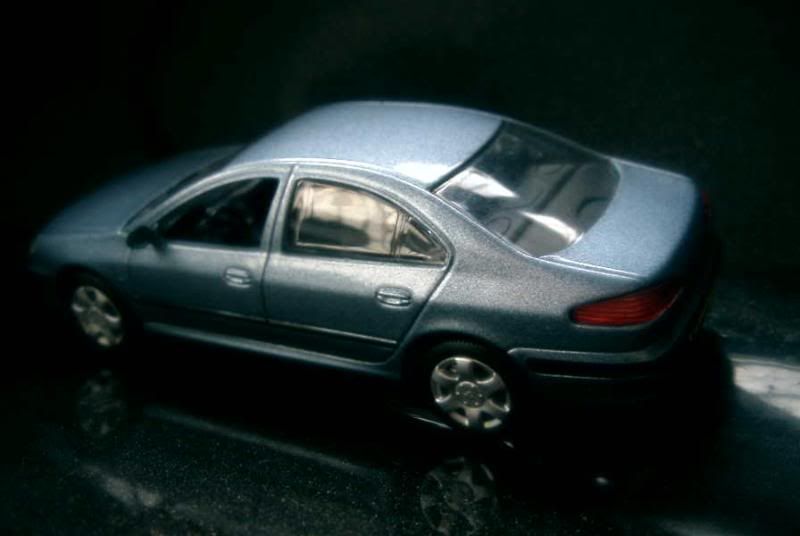
No French manufacturer has been able to offer a car in the same field as Mercedes-Benz or BMW for decades, though all of them dream of it. Apart from the Citroën CX, all other upper range models over the years, the Renault 25 then Safrane, the Citroën XM and C6 or the Peugeot 605 have seen their success limited to the sole France, while being virtually absent on export market. I won’t include in this list the Renault Vel Satis, which was a failure even in its own native country.
Helped by its reputation as a builder of tough and very conventional automobiles, Peugeot has possibly been the most perseverant. After the demise of the 604, it took four years to see the introduction of its successor, the 605. Despite its many qualities, it was doomed by uninspired styling, due to Pininfarina but too close from the lesser 405, and poor quality – a typical French problem that was totally unacceptable for a car having such ambitions.
The 605 finally retired after a ten-year career at the end of 1999, and was immediately replaced by the 607. The new car retained the excellent platform of its predecessor, but hidden under a brand new body. A particular effort had been made to improve the quality of the car. The top-level V6 version, with a displacement of 3.0-litre and 207 hp, could reach 240 kph – enough for cruising on an Autobahn, it was thought in Sochaux. But once again, this didn’t prove enough. Peugeot’s main problem was the lack of image attached to its name, while reputation is a major criterion for a buyer of a luxury car. Sales remained modest, in particular outside France’s borders, though on the other hand the 607 was rather popular as a taxi, a traditional market for its manufacturer.
Production of the Peugeot 607 has been stopped in June 2010. Though a replacement has been contemplated, the dire economic crisis drove Peugeot to be cautious and give up any plan for such a low-volume vehicle. In the end, the 508 served as a successor to both the 407 and the 607, placing Peugeot in a situation somewhat similar to the one it experienced during the Eighties, when a V6-powered version of the 505 was given the task of replacing the 604. This leaves the hope that within a few years, if the situation allows it, Peugeot will return once again to this market.
About the model
Model: Peugeot 607
Year: 2000
Maker: Norev
Scale: 1/43
Distributed by: Hachette as no.49 of its Collection Peugeot press series
Acquired: brand new, in January 2008, in Souillac, France
An accurate but rather plain rendition of the Peugeot 607. I have a strange feeling about the rear side windows. As usual with Norev models built for press series, this one does not have a "glass" part inside of its mirrors. On these pictures, I also find that the wheels seem of a rather large diameter, but I should have a second look at the actual model. My rating is 12/20.


